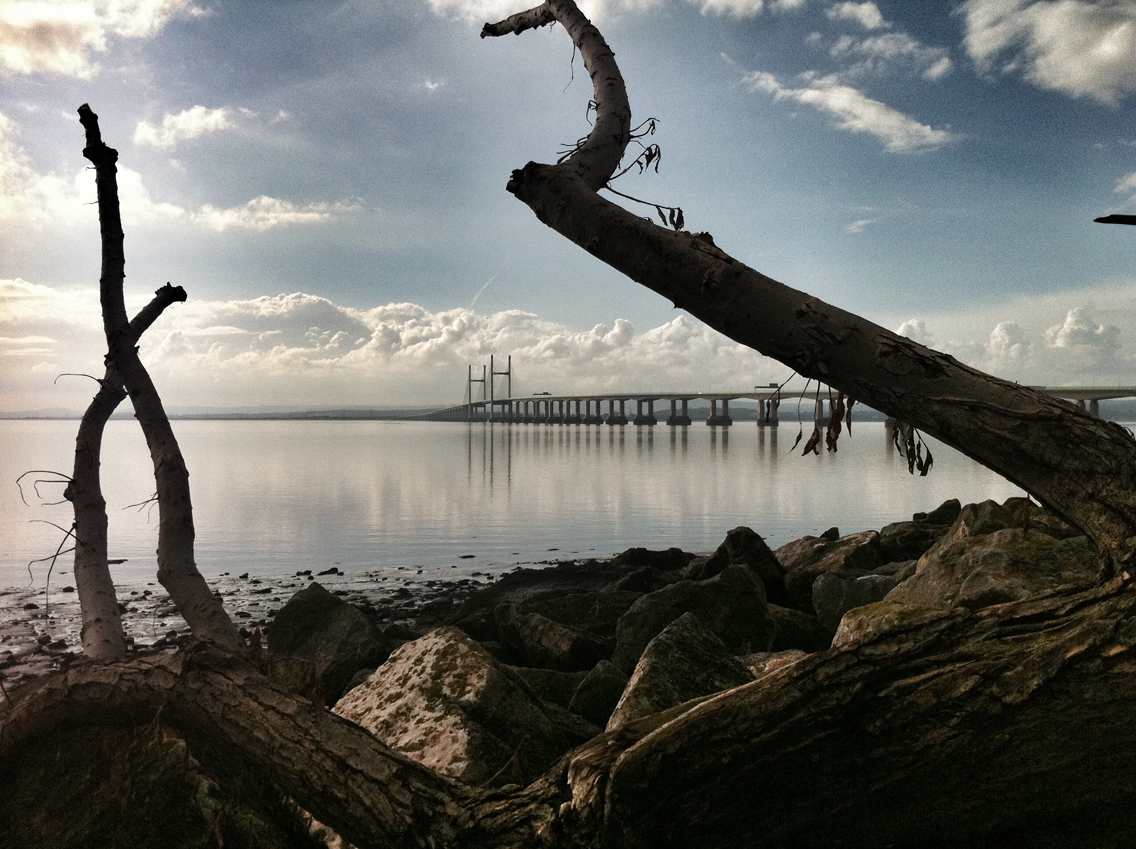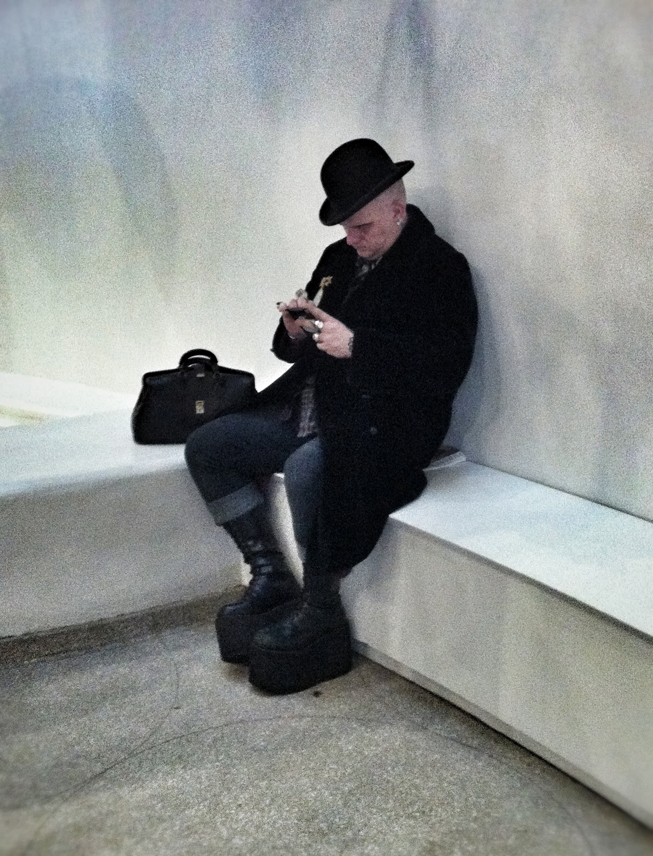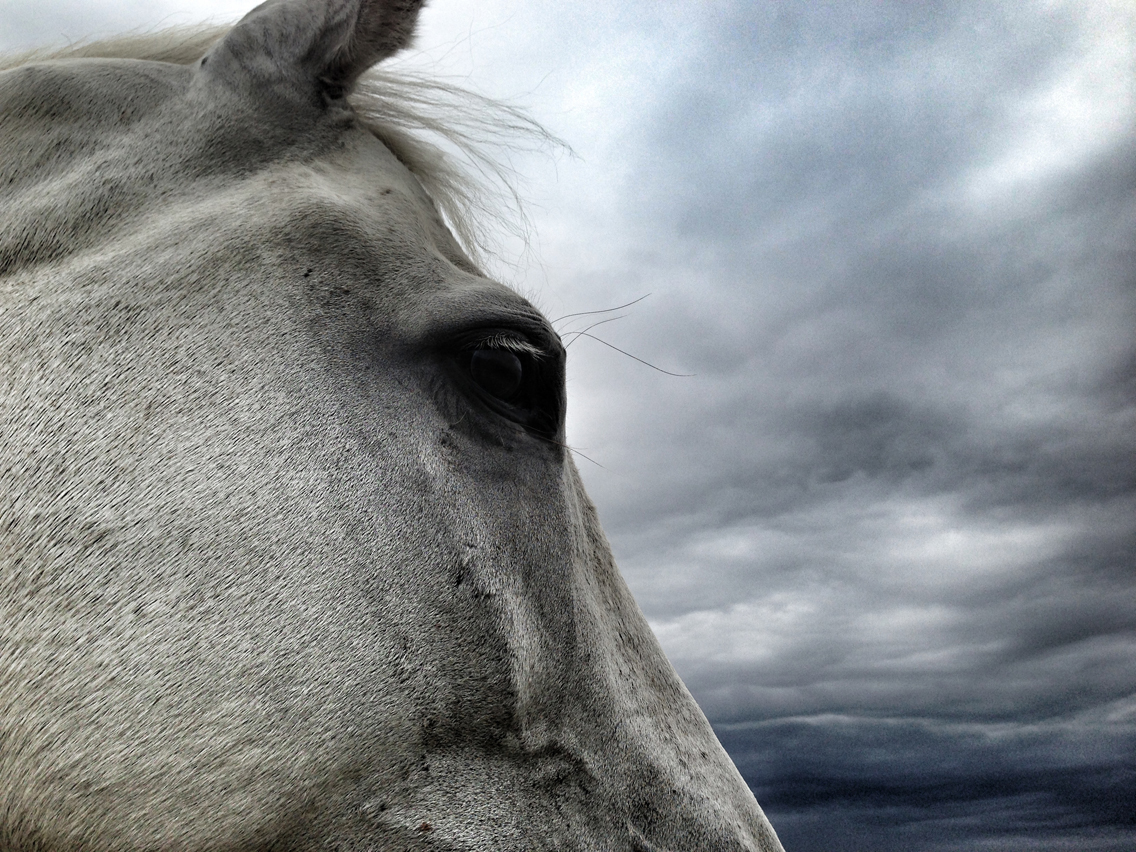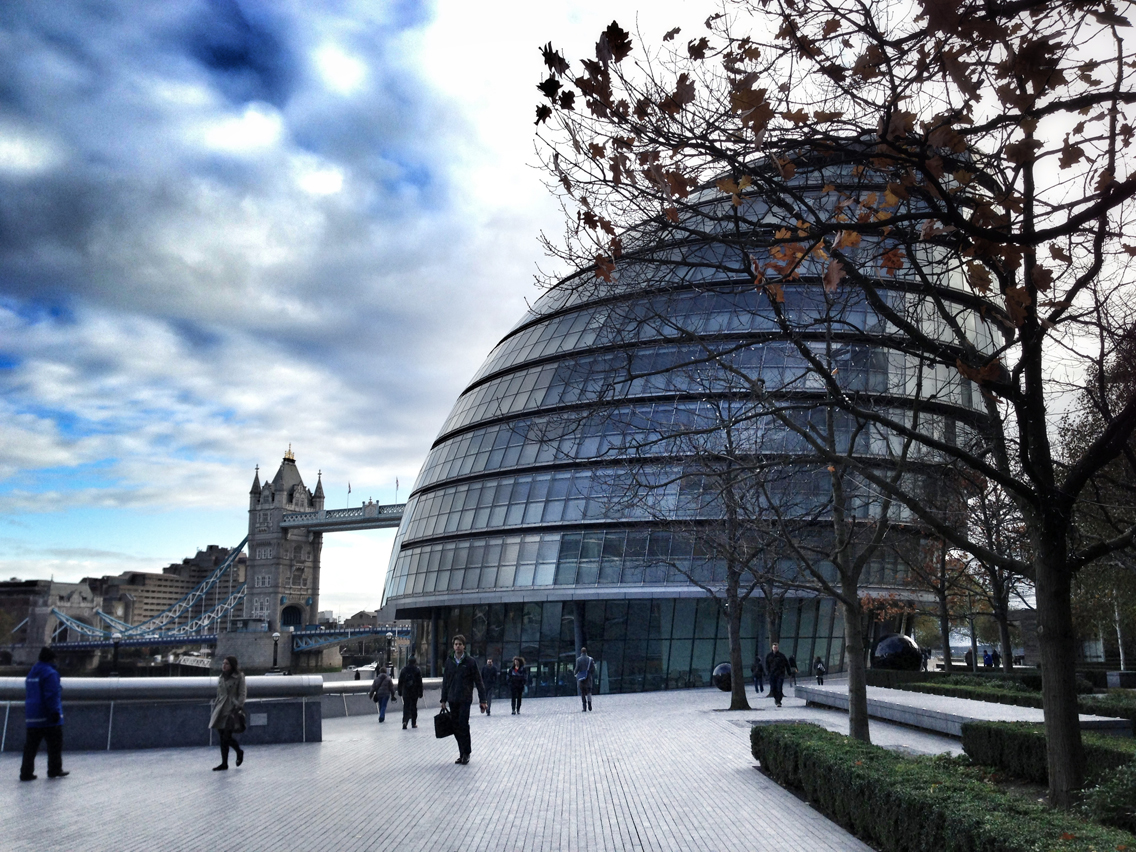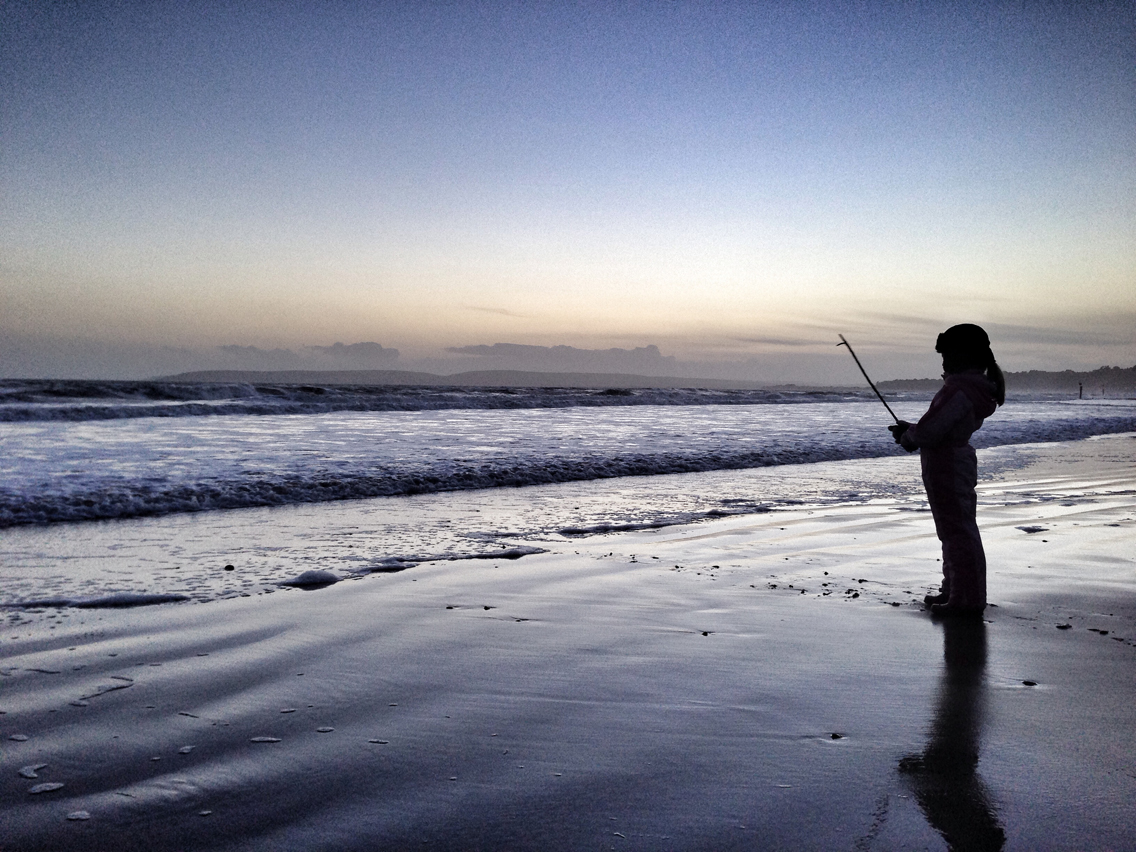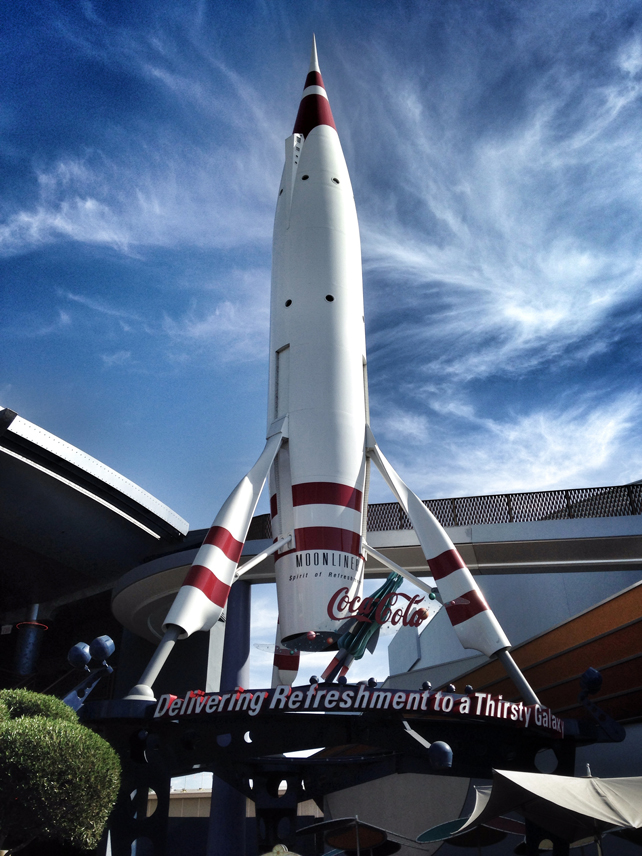First Meerkat showed its face. Now Twitter has mounted an offensive in the live streaming wars and Periscopes have been popping up all over the place! We all have something to say at some time, but what’s the future hold for the risky ‘always-on’ culture?
We store thousands of photos and hours of video on our mobile devices and an unlimited extension to this in the cloud. Social trends are highlighting how we’re moving on from a world of storage to a society of streamers.
Snapchat conversations flash by in the blink of the eye, Spotify and Jay Z's relaunched Tidal encourage us to own the subscription rather than the music and most relevant channels attempt to capture the moment and the audience to be truly effective.
We live in an increasingly time-poor society, not because we have less time, but because we have more demands on every waking moment from many areas. It’s one of the reasons the world of ‘traditional’ advertising is now a lumbering dinosaur. We have a seemingly endless array of options to distract us from the ad break and billboard or the ability to fast forward almost any digital channel, so why stop to absorb something that doesn’t deliver immediate gratification?
It’s not hard to imagine how coverage of world events is likely to evolve now live video streaming sits at our fingertips. Incredible opportunities for live reportage have opened up for those equipped simply with a smartphone and a selfie stick. Last week’s collapsed building in New York’s East Village (on the very day Periscope launched) handed us the perfect case study.
News organisations have struggled for a number of years to reach ‘breaking news’ situations as quickly as the people on the ground armed with Twitter and a smartphone. Previous criticism levelled at Twitter reportage has focused on misleading conversations and the lack of facts. Professional channels wouldn’t push such unsubstantiated punditry on an audience for fear of legal ramifications and a loss of professional credibility, although not something that appears to bother Fox News.
Now the man and woman on the street can present the situation as it unfolds – the still camera does in fact lie but video is less malleable.
A whole world of opportunity lies beyond news of course. This is evident in most of the content generated on Periscope and Meerkat to date. I have just live streamed my home office, generating followers and likes with something as mundane as an untidy desk, a collection of tech kit and some books. Last week, I attempted simultaneous streams from Meerkat and Periscope on my iPhone and iPad Mini live from Apple’s HQ in Cupertino. Slightly more exciting, resulting in a few extra followers.
Periscope currently has the jump on Meerkat with the ability to point an audience at previously streamed video, whereas Meerkat simply saves the footage to your camera roll.
The marketing and promotional opportunities lie in live events of all shapes and sizes – from movie premieres to emerging music acts to car launches to product reveals to political debates to celebrity interviews. The list goes on and on…
Frames from my Meerkat stream of Meerkat Founder Gary Vaynerchuk and Rory Cellan-Jones at the Guardian Changing Media Summit.
The next step? VR live streams. Why settle for a small screen image of someone’s life when we have the power to experience events as they unfold as if we were actually there! Once the realm of science fiction, now science fact. Facebook bought Oculus Rift for many reasons, but the addition of Meerkat to their folio would bring the two digital stars into perfect alignment.
In the future we’ll all be able to see anything we want, be anyone we want to be, any time we want. There have never been so many broadcast channels available to designers, marketers and the ad industry. The greatest challenge lies in capturing attention… then monetising the moment.
Oh, and we’re going to need a bigger battery!
You can follow me on Meerkat and Periscope by searching for @activrightbrain or Dean Johnson









